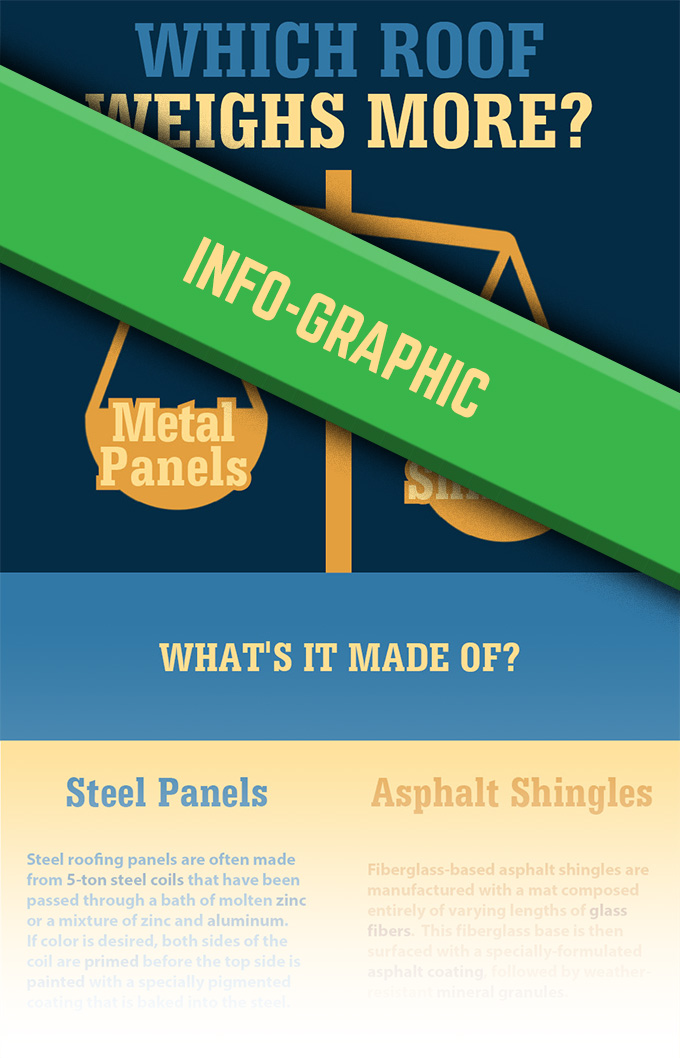Review The Expenses And Benefits Associated With Solar Installment To Find The Financial Chances That May Be Offered To Those Looking Into This Renewable Resource Alternative
Review The Expenses And Benefits Associated With Solar Installment To Find The Financial Chances That May Be Offered To Those Looking Into This Renewable Resource Alternative
Blog Article
Web Content Writer-Martinussen Fog
When thinking about the costs of solar installation, you may question the upfront investment needed and whether it straightens with the potential long-lasting advantages. Understanding the ins and outs of these expenditures and the different factors affecting the general return can shed light on the value proposal of transitioning to solar energy. By evaluating both the first arrangement expenses and the projected savings gradually, you can gain insight right into whether the investment in solar setup holds promise for your monetary future.
Preliminary Setup Costs
When considering the expenses of solar setup, the preliminary arrangement expenditures play a vital duty in your decision-making process. These upfront costs consist of the price of photovoltaic panels, inverters, mounting equipment, and setup labor.
The cost of photovoltaic panels can vary depending upon the brand name, efficiency, and size you choose. Inverters are vital for converting the sunlight's energy into useful electrical power and be available in various kinds such as string inverters, microinverters, and power optimizers, each with its very own cost ramifications.
Installing devices, such as racks and rails, is required to safely install photovoltaic panels on your roof covering or residential or commercial property.
The installment labor cost covers the specialist installment of the planetary system, ensuring that everything is established correctly and effectively. Bear in mind that while these preliminary configuration expenditures may seem high, there are usually refunds, tax rewards, and financing alternatives offered to aid counter the costs and make solar setup much more budget-friendly in the future.
Long-Term Financial Savings Analysis
To recognize the financial benefits of solar installation over time, it's critical to perform a detailed lasting cost savings analysis. While https://2000wattsolarpanel97542.theisblog.com/30412068/your-search-for-the-optimal-photovoltaic-panel-type-for-your-home-begins-right-here-with-considerable-aspects-prepared-to-be-uncovered-are-you-geared-up-for-this-venture of photovoltaic panels might seem complicated, the long-lasting savings can exceed these costs considerably. By taking advantage of the power of the sunlight to create power for your home, you can possibly save thousands of dollars on your energy expenses over the life expectancy of your solar system.
Among the essential aspects to think about in a long-term savings analysis is the reduction in your electrical power expenses. With photovoltaic panels, you can produce your electricity, minimizing or even eliminating your reliance on the grid. This can lead to considerable financial savings, particularly as energy prices remain to rise.
Furthermore, several governments use rewards such as tax credit histories and discounts for setting up photovoltaic panels, even more boosting your long-lasting financial savings. By taking advantage of these incentives and maximizing your solar power manufacturing, you can delight in substantial monetary benefits for many years to find.
Roi Computation
Considering the economic benefits of solar setup, it's time to analyze the Roi (ROI) calculation. Determining the ROI entails comparing the complete costs of installing a planetary system with the financial benefits it produces over its life expectancy.
To compute ROI, divide the net profit from the system by the total investment cost and increase by 100 to get a portion. The ROI formula is: (Internet Revenue/ Total Financial Investment Cost) x 100.
As an example, if the total cost of setting up a solar system is $20,000, and over its lifespan, it produces cost savings and earnings amounting to $30,000, the internet earnings would certainly be $10,000. Separating this by the total financial investment expense of $20,000 gives a ratio of 0.5. Increasing this by 100 offers an ROI of 50%.
Usually, a higher ROI shows a much more monetarily fulfilling financial investment. check out this site like federal government incentives, upkeep costs, and power price fluctuations can impact the ROI of solar installations. Understanding the ROI assists in assessing whether purchasing solar power is worth it in the long run.
Conclusion
To conclude, understanding the prices of solar installation is critical for figuring out if it deserves the investment. By thinking about initial configuration expenses, performing a lasting savings evaluation, and determining the return on investment, you can make an informed choice concerning the economic value of solar energy. With the potential for decreased energy expenses and increased energy self-reliance, investing in solar installation can be a clever option for both your budget and the setting.
